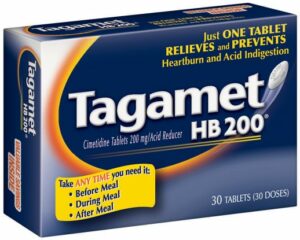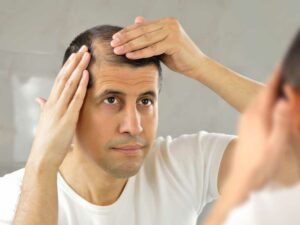Hair Loss Study Abstract
Kang et al (p. 549) find that application of all-trans-retinol (ROL) to human skin increases the thickness of the epidermis, enhances expression of CRABP-II (cellular retinoic acid binding protein) and CRBP (cellular retinol binding protein), and causes accumulation of retinyl esters, but does not increase retinoic acid levels or cause erythema. ROL, vitamin A1, is the predominant retinoid in circulation. Clinically, topical application of RA has been used for many skin abnormalities, including acne and photodamaged skin, but its application produces mild erythema and stratum corneum peeling. A retinoid with activity similar to RA but without the local irritation would be of interest. In the U.S., ROL has been widely used in cosmetics and considered safe and is thought to be the prohormone of RA, in that RA is formed from ROL by a two-step enzymatic process. Thus, Kang and colleagues asked whether ROL could achieve RA-like effects in skin. They used a patch-test procedure that involved four days of occlusion after topical application of ROL and of RA. They found that ROL may be a good substitute for RA because it was much less erythemogenic than RA, produced epidermal hyperplasia, increased the expression of both cellular retinoic acid binding protein (CRABP-II) and cellular retinol binding protein (CRBP) mRNAs and proteins, and was actively metabolized and stored as retinyl ester, but did not result in significant accumulation of RA.
Source
Journal of Investigative Dermatology





